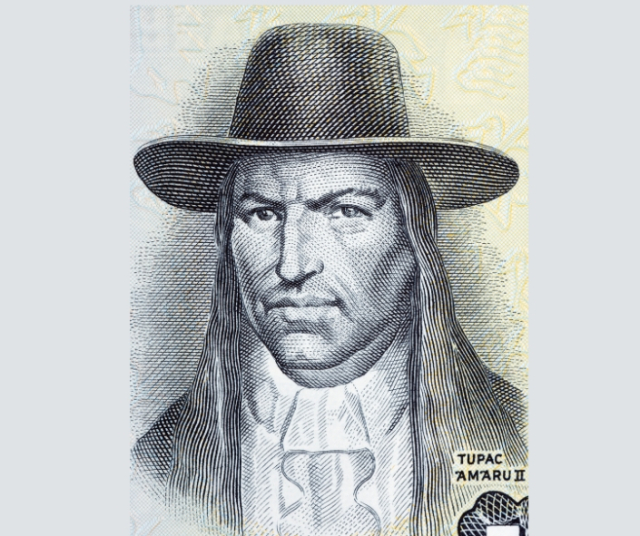The Rebellion of Túpac Amaru II , also known as the Great Indigenous Rebellion, was a historical uprising that took place in the Viceroyalty of Peru at the end of the 18th century. Led by the indigenous leader José Gabriel Condorcanqui , known as Túpac Amaru II, this insurrection became a crucial milestone in the fight for Latin American independence.
In order to fully understand the meaning of the Tupac Amaru II Rebellion, it is necessary to analyze the historical context in which it took place. In the 18th century, the Viceroyalty of Peru was under the rule of the Spanish empire, which maintained an oppressive and unequal system towards the indigenous and mestizo populations. The excessive taxes, the abuse of power and the restrictions imposed by the colonial authorities generated a climate of discontent and resentment among the population.
Development of the rebellion
The Tupac Amaru II Rebellion officially broke out in November 1780, when Tupac Amaru II proclaimed his rebellion against Spanish rule. As a direct descendant of the last Inca emperor, Túpac Amaru II was able to unify different ethnic and social groups under a common cause: the fight for freedom and justice. His movement spread rapidly, winning the support of thousands of discontented Indians, mestizos, and criollos.
Tupac Amaru II's strategy was based on a combination of military and diplomatic actions. His followers seized key cities and towns in the Viceroyalty of Peru, in open defiance of Spanish authority. Túpac Amaru II presented himself as the legitimate heir to the Inca throne and issued edicts and proclamations in which he denounced colonial abuses and promoted equality and justice.
Aftermath and legacy
Despite his courageous fight, the Tupac Amaru II Rebellion was brutally put down by Spanish colonial forces. In May 1781, Túpac Amaru II was captured and subjected to a summary trial. He was sentenced to death in an attempt to send a strong message to those who dared to challenge Spanish rule. However, despite the military defeat of Tupac Amaru II, his legacy transcended time. Their sacrifice and their fight for equality and justice resonated in the hearts of Peruvians and other independence leaders in Latin America. The Túpac Amaru II rebellion was a catalyst for national consciousness and the awakening of Peruvian identity, and laid the foundation for future struggles for independence.
Additionally, the Túpac Amaru II Rebellion had a significant impact on the international perception of Spanish rule in Latin America . The Tupac Amaru II uprising exposed the injustices and cruelties of the Spanish colonial system and generated sympathy for the cause of independence throughout the world.
